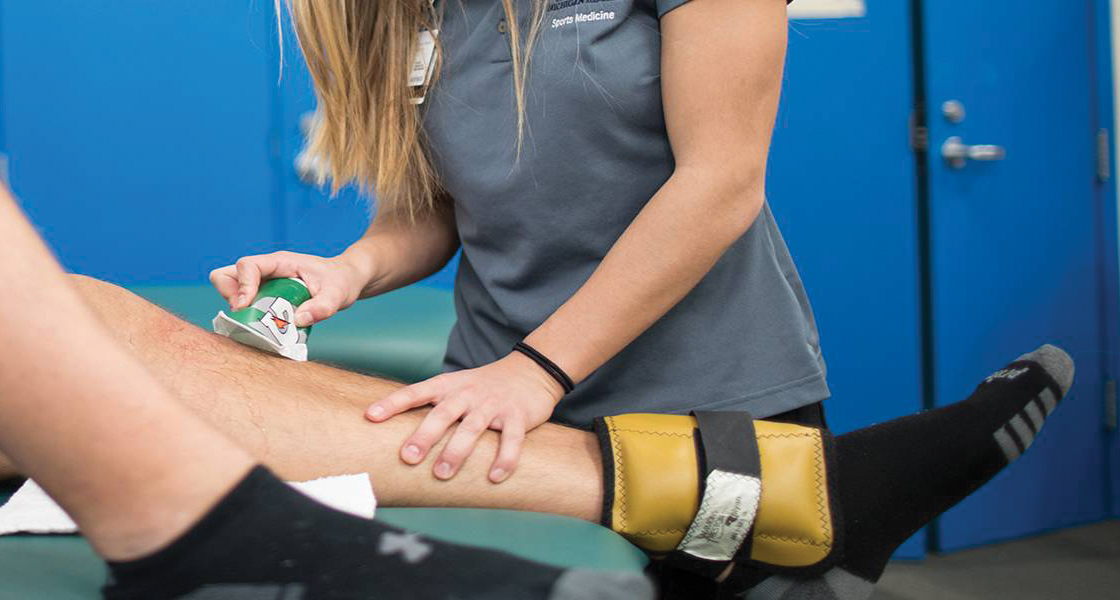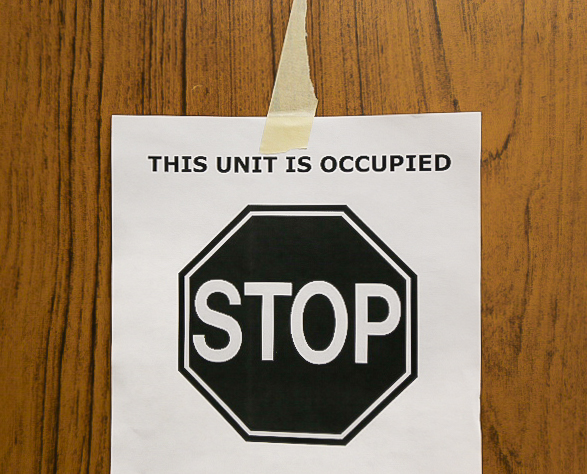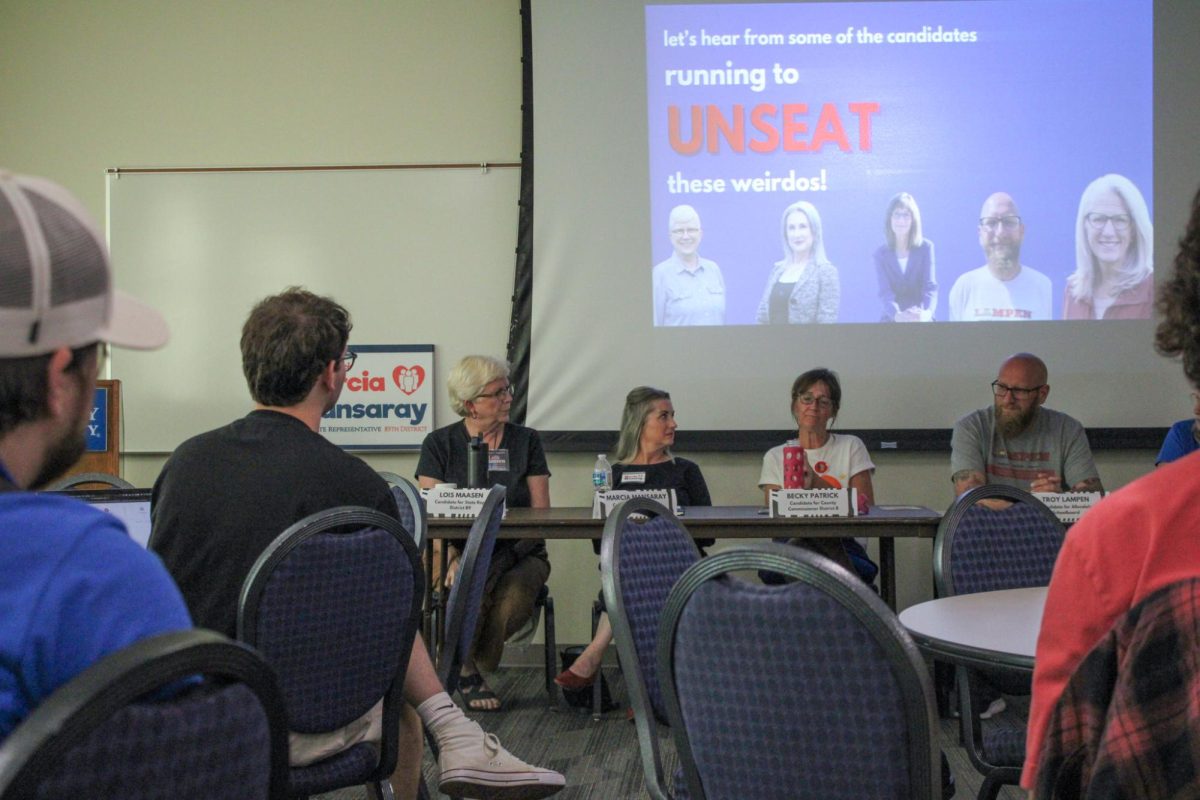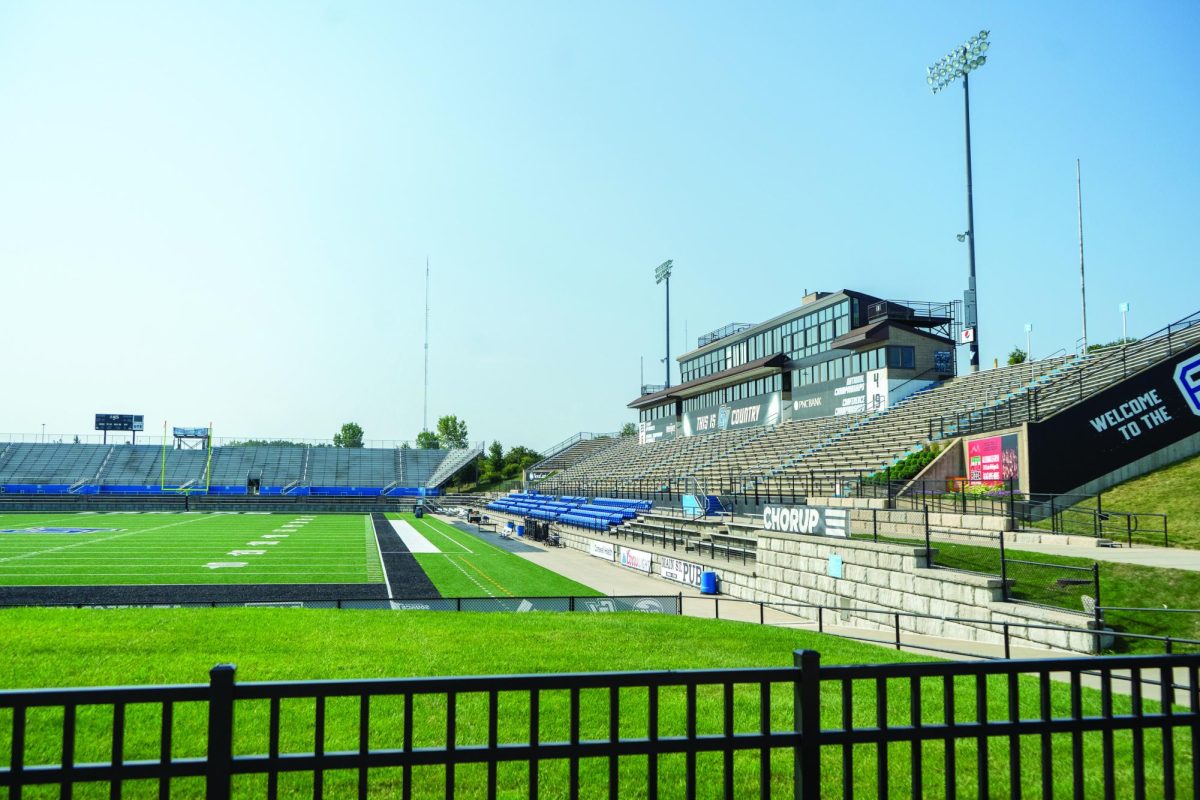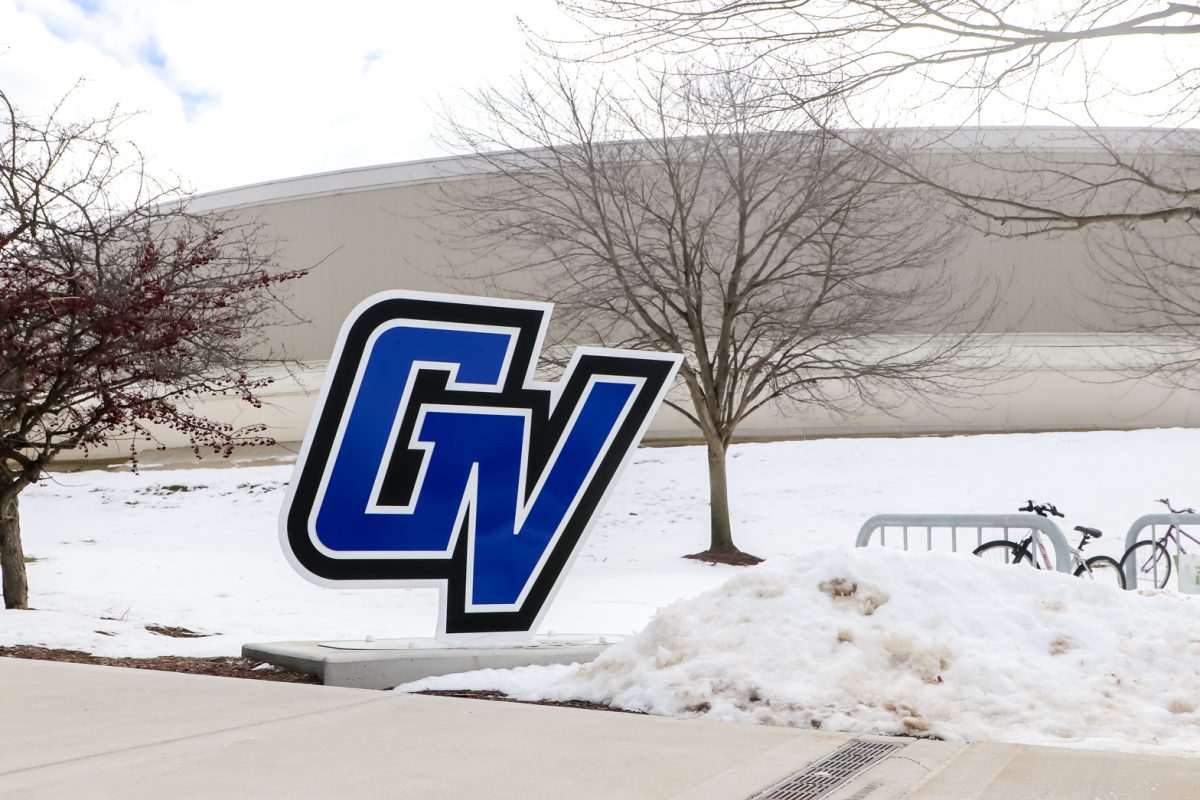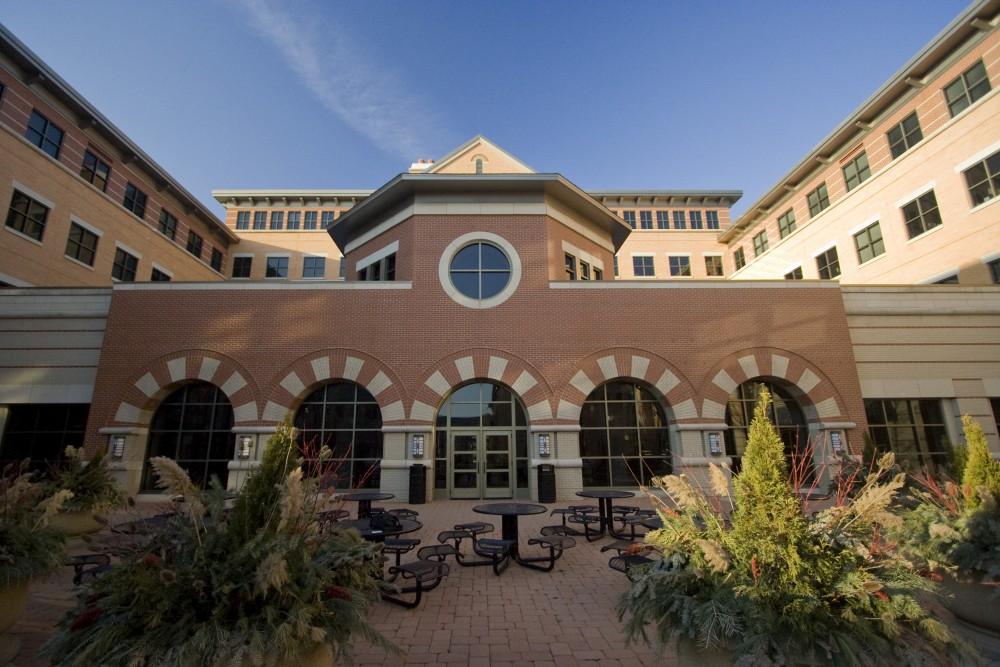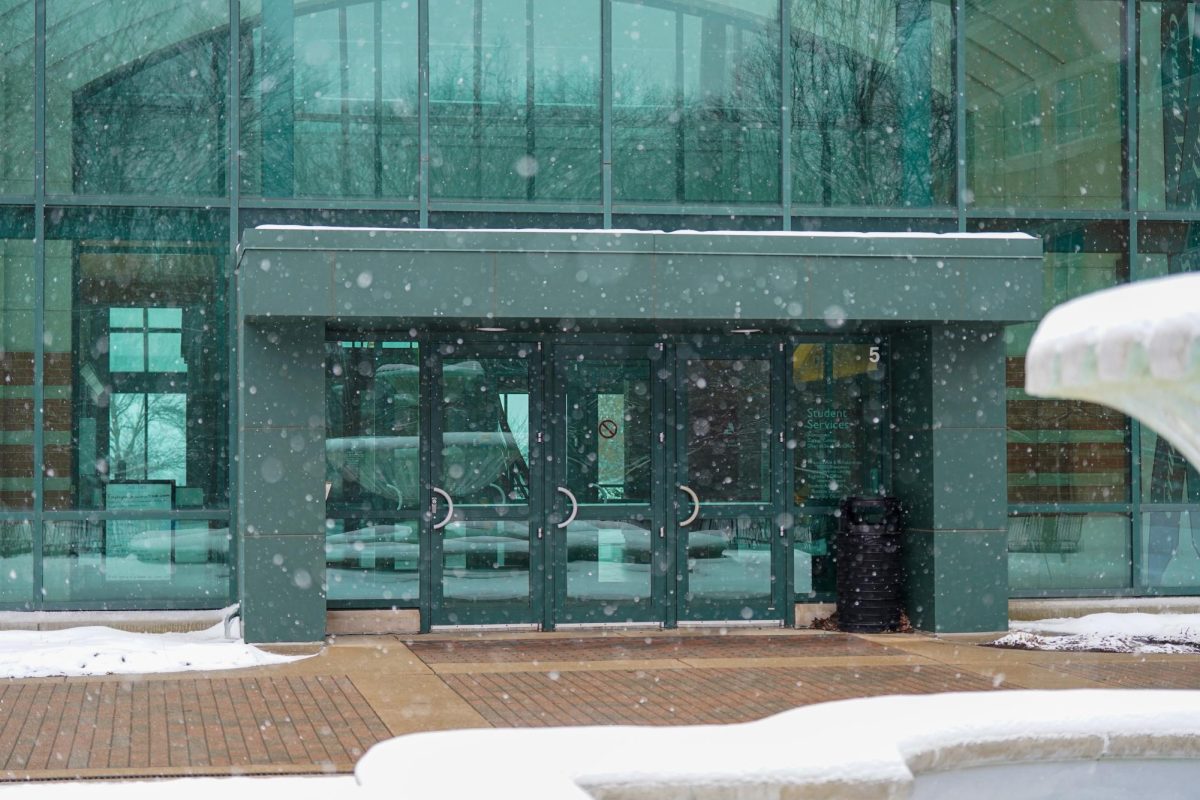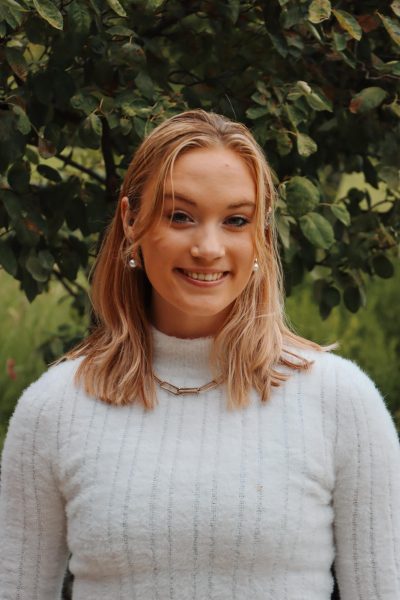For many students, college is the first time they find themselves independently navigating the healthcare system. Many factors can make seeking healthcare to be complicated and expensive which adds additional challenges when experiencing an illness or injury. When compounded with the fast-paced environment of academic demands, many students have struggled with the conflict of maintaining their academic schedules and obtaining urgent or emergent care.
Accidents and injuries become more frequent to student-athletes or those involved in physically demanding studies. Grand Valley State University Dance major, Haley Rosendale’s recent injury experience caused her to question how students access healthcare services. Due to conflicts with accessibility to healthcare services, many students feel stranded when it comes to addressing injuries that are urgent but don’t necessarily require a trip to the emergency room.
Rosendale said she sustained a minor injury while in dance class which caused her to experience enough pain to leave class early and seek care at GVSU’s Injury Care Clinic. Although she was present within the clinic’s posted hours both online and physically at the clinic, the door was locked and the lights were off.
After she was unable to visit the Injury Care center, Rosendale went to the Campus Health Center, which was also unable to see her. This caused her to delay seeking care for her injury until the next day, when Rosendale had to leave campus to meet with a third-party healthcare provider because GVSU’s resources were not available.
“I wish the injury care clinic was open for better hours. 1 p.m. to 5 p.m. on weekdays is tough because that is the prime time for classes, and I know that I am in class at those times, so if I do get injured, I am unable to get to that clinic,” Rosendale said. “I also wish there was a resource where the injury care clinic could update their hours depending on the day, and how busy they are (or) how long the wait is going to be.”
Many students can identify with these issues, as the afternoon time slots when majority of campus health resources are open are some of the most high-traffic times around campus. Rosendale feels the Injury Care Clinic is a valuable opportunity for students’ healthcare, but not an accessible resource.
“The injury care clinic is free, so not having that resource and having to go someplace off campus and spending money sucks,” Rosendale said.
For students who sustain injuries outside of movement based classes, such as students involved in recreational sports or those who participate in evening recreational activities, the Injury Care Clinic and Campus Health Center’s hours of operation are closed after 5 p.m. This puts students who have experienced issues similar to Rosendale scrambling to find a solution, or delaying their care until campus resources are open the next day.
Senior dance major Clare Meteer, however, feels that though the ICC’s hours are limited she has had good experience with accessing its resources during open hours.
“They are only open in the afternoons but they are always open when I have gone,” Meteer said. “Sometimes they have to close early or something but they are very good at posting the changes in advance on their website and in the fieldhouse.”
Many students are advocating for improvement of campus health resources to avoid these issues. For Rosendale, GVSU’s limited campus health resources draws attention to the resource gaps between sports and science related fields versus arts on campus.
“The dance department though definitely does not have even close to the same amount of resources as athletics does. Dancers still get injured, but we have to wait to get help when athletes can get help right away from their athletic trainer,” Rosendale said. “I definitely think having someone, for example, an athletic trainer, could have helped in that instance (event of the injury) and maybe reduced the pain I was in.”
Senior dance major Carly O’Donohue has used the Injury Care Clinic’s resources on multiple occasions. O’Donohue was experiencing a calf injury about two years ago and was frequently in and out of the clinic. She said her experience was somewhat helpful, though she felt she should have been transferred from the clinic to a physical therapy sooner than she had been.
“Two years ago when I had a lot of my calf problems, I couldn’t, like, jump (at all and) standing and sitting would hurt,” O’Donohue said. “I was there (at the ICC) all the time, I had appointments twice a week and I was there for so long and like they should’ve recommended me to a (specialized) physical therapy place earlier than they did, so that was more like kind of annoying and like put off my recovery.”
However, O’Donohue recently went back to the ICC for a shoulder injury and had a positive experience.
“When I was having issues with my shoulder earlier this year I just went there and they gave me exercises and TheraBand (exercises) to do,” O’Donohue said. “Like that helped but I just did like most of that on my own.”
Meteer said she has had many positive experiences at the ICC, though she wished more students were aware of the resources available and that the clinic had longer operating hours.
“The physical therapists have been amazing in understanding my injuries and giving me the support I need. The PT that is most often there encourages me to come back as often as I need and is always very kind,” Meteer said. “I love that this service is at no additional cost to students and I wish more students knew about it because I have found it very beneficial.”
O’Donohue, Meteer and Rosendale were able to identify with the importance of injury care and treatment available to students. With the current resources for student healthcare on campus, students can take proactive steps to plan for their care in the event of injury. Becoming familiar with available resources both at GVSU and near campus will help identify immediate options in the event of inevitable illness or injury.
The GVSU Health Hub has shared a list of nearby healthcare clinics, urgent cares, emergency rooms and pharmacies as a guide for students to use when campus resources cannot properly address their needs, and even outlined which bus routes will take students to which locations. However, it should be noted that the GVSU Family Health Center will be permanently closing its doors on Nov. 30. The center announced this in a callout on their website, the expanding resources available to students in downtown Grand Rapids making their services more obsolete.
While all ailments may not require urgent, emergent or medical attention at all, it is important for students to know they can count on the resources available to them in the event they need them.




